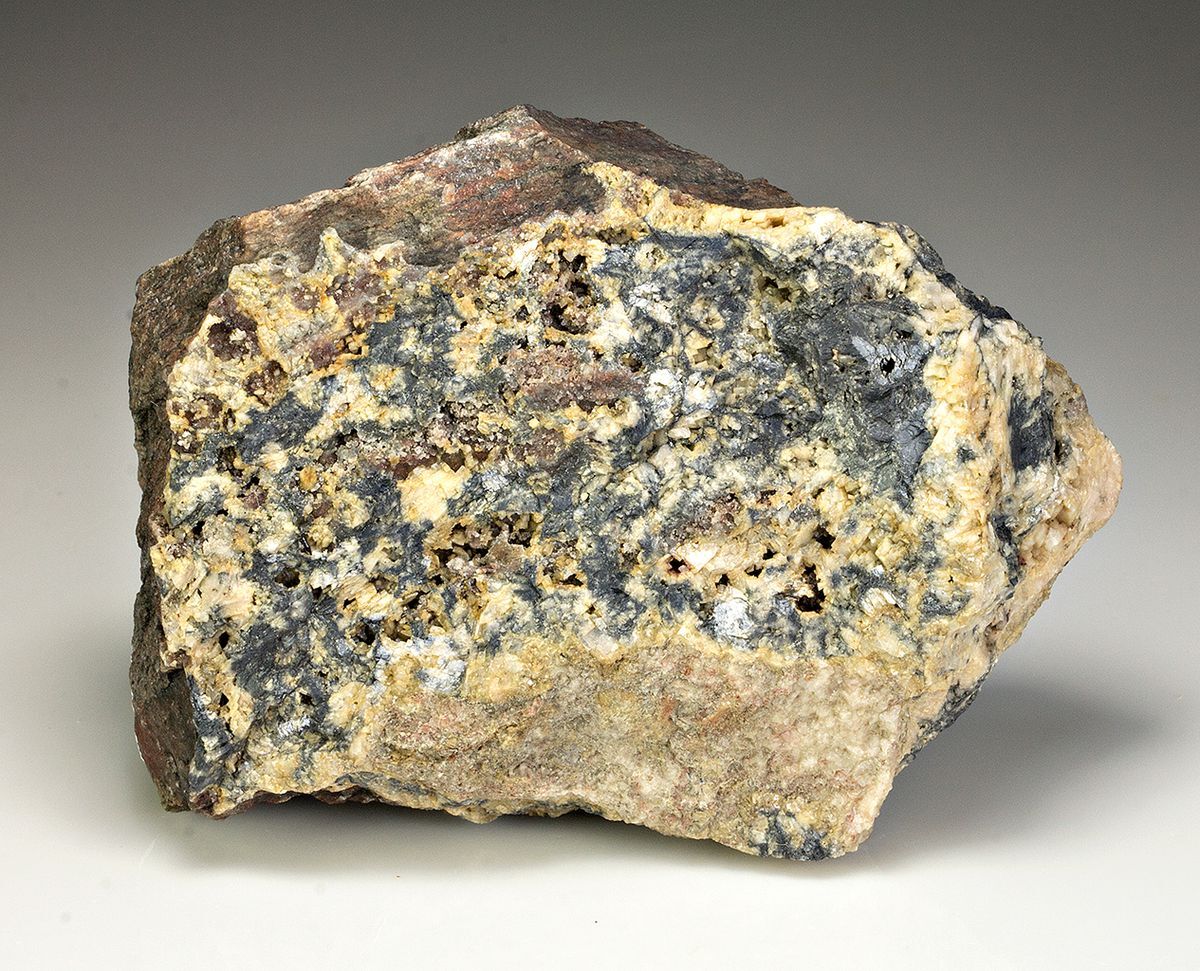
Clausthalite is a rare mineral that often piques the curiosity of geology enthusiasts. Found primarily in hydrothermal veins, this mineral is composed of lead selenide. Its metallic luster and lead-gray color make it quite distinctive. But what makes Clausthalite truly fascinating? Clausthalite is not just a pretty face; it has significant industrial applications, particularly in the field of electronics. Its unique properties make it valuable for research and technological advancements. Whether you're a student, a hobbyist, or a professional, understanding the ins and outs of this mineral can be both educational and intriguing. Ready to dive into 40 amazing facts about Clausthalite? Let's get started!
Key Takeaways:
- Clausthalite is a rare lead selenide mineral with a metallic luster and unique properties. It has historical significance and is primarily of interest to mineral collectors due to its rarity.
- Clausthalite's environmental and health aspects should be handled with care due to its lead and selenium content. It has niche applications in geochemical prospecting and semiconductor research.
What is Clausthalite?
Clausthalite is a rare mineral that intrigues both geologists and collectors. It has unique properties and a fascinating history. Let's dive into some interesting facts about this mineral.
-
Clausthalite is a selenide mineral composed primarily of lead selenide (PbSe).
-
It was first discovered in the town of Clausthal-Zellerfeld in Germany, which is how it got its name.
-
The mineral typically forms in hydrothermal veins and is often associated with other selenide minerals.
-
Clausthalite has a metallic luster and is usually gray or black in color.
-
It is relatively soft, with a Mohs hardness of 2.5 to 3.
Chemical Composition and Structure
Understanding the chemical makeup and structure of Clausthalite can provide insights into its properties and uses.
-
The chemical formula for Clausthalite is PbSe, indicating it contains lead and selenium.
-
It crystallizes in the cubic system, which means its crystals are shaped like cubes.
-
Clausthalite is isometric, meaning its crystal axes are all of equal length.
-
The mineral is often found in granular or massive forms rather than well-formed crystals.
-
It has a high density due to the presence of lead, making it heavier than many other minerals.
Occurrence and Locations
Clausthalite is not found everywhere. Its occurrence is limited to specific geological settings.
-
Besides Germany, Clausthalite has been found in Norway, Russia, and the United States.
-
In the U.S., it is primarily found in Arizona and California.
-
The mineral often occurs in low-temperature hydrothermal deposits.
-
It is commonly associated with other minerals like galena, pyrite, and chalcopyrite.
-
Clausthalite can also be found in volcanic fumaroles, which are openings in the Earth's crust that emit steam and gases.
Uses and Applications
While not widely used, Clausthalite has some niche applications due to its unique properties.
-
Clausthalite is primarily of interest to mineral collectors due to its rarity.
-
It has been studied for its semiconductor properties, although it is not commonly used in commercial applications.
-
The mineral can be used in geochemical prospecting to locate other valuable minerals.
-
Clausthalite's lead content makes it a potential source of lead, although it is not mined for this purpose.
-
Researchers study Clausthalite to understand the geochemical behavior of selenium and lead in natural environments.
Historical and Cultural Significance
Clausthalite has a rich history and cultural significance, particularly in the regions where it was first discovered.
-
The town of Clausthal-Zellerfeld, where Clausthalite was first found, is known for its mining history.
-
Clausthalite was first described in 1832 by the German mineralogist Wilhelm Karl von Haidinger.
-
The mineral played a role in the economic development of the Clausthal-Zellerfeld region.
-
Clausthalite samples are often displayed in museums and university collections.
-
The discovery of Clausthalite contributed to the scientific understanding of selenide minerals.
Physical Properties
The physical properties of Clausthalite make it distinct from other minerals.
-
Clausthalite has a metallic luster, giving it a shiny appearance.
-
It is opaque, meaning light does not pass through it.
-
The mineral has a gray streak, which is the color of the powder left when it is scratched on a surface.
-
Clausthalite has a specific gravity of around 8.1, making it quite dense.
-
It is brittle and can break easily when struck.
Environmental and Health Aspects
Like many minerals, Clausthalite has environmental and health considerations.
-
Clausthalite contains lead, which is toxic and can pose health risks if not handled properly.
-
Selenium, another component of Clausthalite, is essential in small amounts but can be toxic in larger quantities.
-
Mining and processing Clausthalite can lead to environmental contamination if not managed responsibly.
-
Proper safety measures are necessary when handling Clausthalite to avoid exposure to lead and selenium.
-
Researchers study Clausthalite to understand the environmental impact of selenium and lead.
Interesting Tidbits
Here are some fun and lesser-known facts about Clausthalite.
-
Clausthalite is sometimes mistaken for galena, another lead mineral, due to their similar appearance.
-
The mineral can form pseudomorphs, where it replaces another mineral while retaining the original mineral's shape.
-
Clausthalite has been found in meteorites, indicating it can form in extraterrestrial environments.
-
It is one of the few minerals that contain selenium in significant amounts.
-
Clausthalite's unique properties make it a subject of ongoing scientific research.
Final Thoughts on Clausthalite
Clausthalite, a rare mineral, holds a unique place in geology. Found mainly in hydrothermal veins, it’s composed of lead selenide. This mineral often appears in cubic or octahedral crystals, showcasing a metallic luster. Its rarity makes it a prized specimen for collectors and researchers alike.
Understanding clausthalite’s properties helps scientists learn more about selenium deposits and their formation. This knowledge can lead to advancements in mining and environmental studies. While not commonly encountered, clausthalite’s significance in the scientific community remains substantial.
For those interested in minerals, clausthalite offers a glimpse into the complexities of Earth’s geological processes. Its unique composition and formation provide valuable insights into the natural world. Whether you’re a seasoned geologist or a curious enthusiast, clausthalite’s story is a fascinating chapter in the study of minerals.
Frequently Asked Questions
Was this page helpful?
Our commitment to delivering trustworthy and engaging content is at the heart of what we do. Each fact on our site is contributed by real users like you, bringing a wealth of diverse insights and information. To ensure the highest standards of accuracy and reliability, our dedicated editors meticulously review each submission. This process guarantees that the facts we share are not only fascinating but also credible. Trust in our commitment to quality and authenticity as you explore and learn with us.


